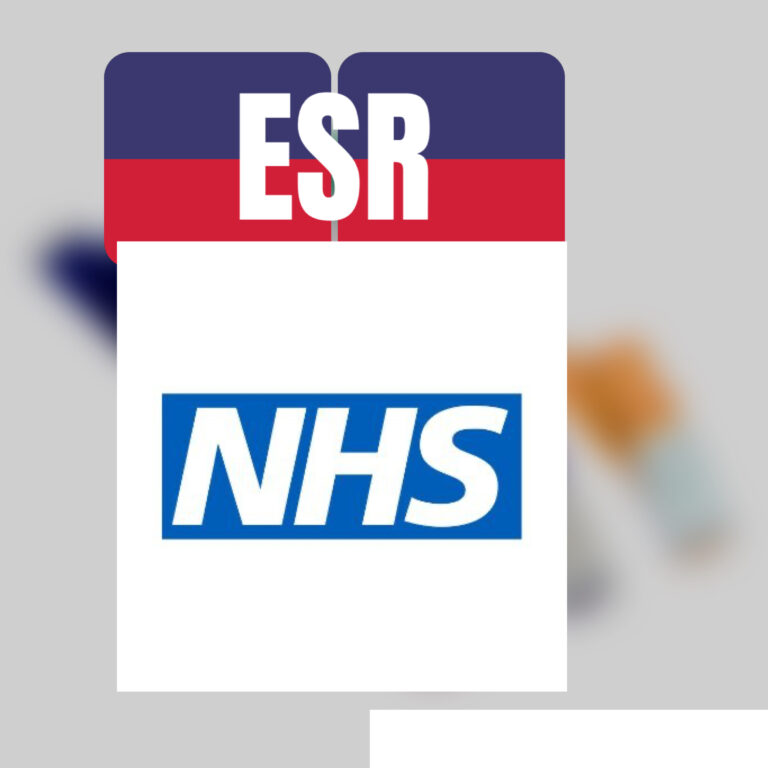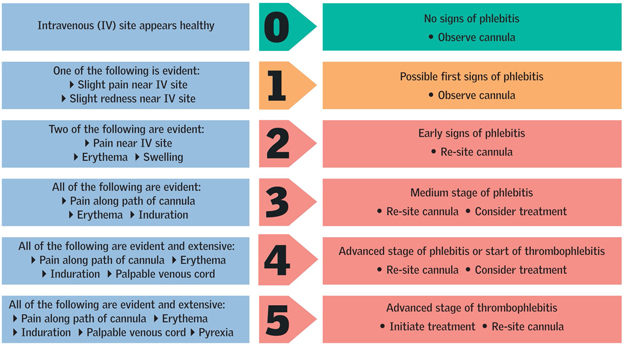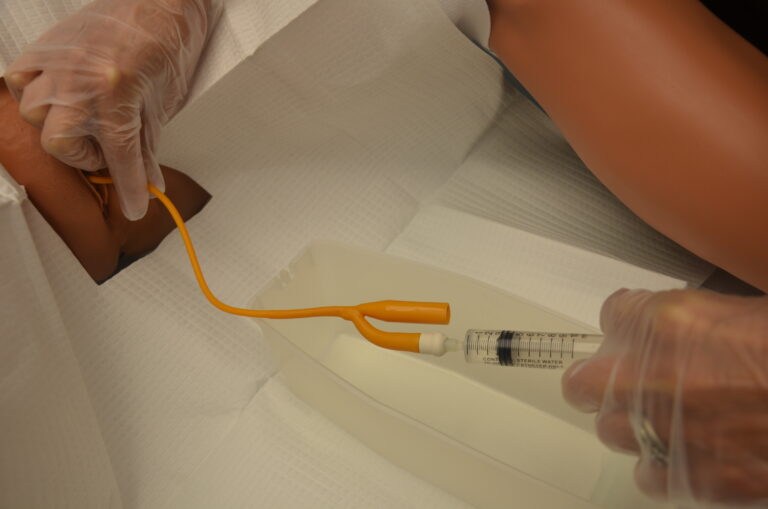Implementation Station in APIE Stations of NMC OSCE 2024
Table of contents
Implementation Station of APIE Stations in NMC OSCE
In the Implementation section, you will be administering only oral drugs to patient, but you will have to verbalize everything you are doing in this section. We will discuss in step by step under different headings.
Introductory Phase
- Entering to the patient room, checking for scene safety, ensuring that scene is safe to approach
- Ensuring privacy and dignity of patient by closing curtains and door
- Hand rub using seven steps of hand hygiene
- Hello, myself ‘name’, am your attending nurse today
- Can i know your name please?
- What you like to be called off?
- What is your date of birth?
- Can i cross check the details with your id tag (3 checks – Full name, Date of birth and Hospital Number)
- I am here to administer your medications due at —- time (given in scenario)
- Are you allergic to any medication?(Usually they will be allergic to something)
- What exactly happens when you have that drug?
- Are you in pain? (usually they will be in pain)
- In a pain scale of zero to ten where zero is the least pain and 10 is the worst pain you have ever experienced, where you will score yourself? (patient (examiner) will tell the score)
- So, do you need any medication for your pain? (Answer is usually yes)
- I will check your medication chart and will see whether any prn pain medication is prescribed for you, is that okay?
- Do you have any swallowing difficulty?
- Have you had your food?
- Do you use need to use the toilet now?
- Our procedure will take another 15 minutes, is that okay with you?
- Are you in a comfortable position?
- Okay, i will now move to the drug trolley and will check your medications due for time being, is that okay?
- If you need any thing just call me or press the call bell and i will be assisting you, okay?
Medication Phase
- Do a hand rub, open the lock, have a look on the medicines
- Start reading aloud the medication chart provided in the scenario, including name of the patient, date of birth, hospital number, admission date, consultant name, height, weight (Weight is mentioned in order to calculate drug dosage in terms of it. For eg. if patient weight is below 50 kgs, you cannot administer Tab. Paracetamol) etc
- Note especially allergic medications mentioned in chart
- If oxygen is prescribed and patient is on nasal cannula, ask the Oxygen saturation of the patient with the examiner, if that is below target saturation, keep the oxygen on flow, check the proper placement of cannula or mask and proceed
- In prn (as required) medication section, while reading aloud check for the medications already administered, if a pain medication like paracetamol is already administered within past 4 hours, don’t give that one for the patient
- See all the regular medications, omit any medication wrongly prescribed, illegible prescription or dose not mentioned putting appropriate code for each one along with time and your initial in specific column
Drug Administration Phase
- Before administering your first drug make sure that you identify the patient for the second time using their id band (3 checks – Name, Date of birth, hospital number)
- While administering medication, state the use of medication to the patient as well as major side effects if any
- While taking the tablet out of the container, check for expiry outside the container as well as chit paper inside the container, transfer tablet directly to cup without touching, give the cup to the patient for swallowing the tablet along with water
- After patient taken the medication, ensure that patient has swallowed the medicine by confirming with patient or seeing the mouth
- Give medications one after another rather than keeping everything for the last moment and keep signing after each
Other Points
- If an error has occurred, verbalize what has happened and what you will do in real practice settings
- If you are striking off something, do it in a single line, put your signature beneath it after verbalizing
Documentation Phase
- Don’t forget to write the name of the medications you have not administered at the back of the medication chart given putting appropriate reason for non administering (not the code, the reason – for eg. patient already had pain medication or wrong dose or wrong time etc)
- After giving all medications do a recheck if you have time, lock your trolley, verbalize that you will clean it and make it ready for next use
- Do a hand rub and tell the patient you have given all his due medications
- Give the call bell to the patient and tell him that please press the bell in case of any adverse reaction such as breathing problem or rashes and you will be readily available
- Open the curtains back
- Do a hand rub or hand wash using seven steps of hand hygiene and leave the room
Conclusion
Things you should never forget in the implementation station includes the following,
- Identification of patient before administering drug
- Asking patient about swallowing difficulty as well as making sure that patient has swallowed medicine after administration
- Taking note of allergies, weight of patient as well as wrong prescriptions
- Minimum 4 hour duration between same pain medications like Paracetamol
- Taking note of stat medication already given
- Don’t forget to ask examiner about Oxygen saturation in case of Oxygen therapy, Blood sugar level before giving anti diabetic medication as well as Blood pressure level, Pulse Rate level before giving anti hypertensive medication
- If you have any doubt regarding any of the medication prescribed and you are confused whether to give or not, i would suggest you not to give it and verbalize the reason you think behind it and tell that you will escalate the matter to Doctor and will give this medication only after discussion with Doctor.
Some Common Drugs given in Implementation Station
Disclaimer
We hope that this article is useful for those who are preparing for NMC OSCE Exam. If you liked this article and thinks that it worth to share between your friends, please don’t hesitate to do so by clicking any of the icons given below.






